Arts & Culture
The Wild is Closer to Home at the Cebu Safari and Adventure Park
Finally open after months of excited buzz, the new destination offers a number of up-close animal attractions, adventure rides, and a true sense of wonder.

There was a busy procession of cars on the national highway as we headed up north to the Cebu Safari and Adventure Park. After all, people were busy with their Tuesday morning commute.
It was a bit different for our group that morning, though. As we turned on a narrow road off the main highway in Carmen, the concrete buildings and storefronts soon gave way to trees, farm lands and the occasional cold spring.
We passed some abandoned chicken coops, and the day’s host Honey Loop pointed out that this marked the beginning of the Lhuillier’s property. It turned out to be expansive, with a number of livestock and produce planted on the land. Philippine Daily Inquirer columnist Jaime Picornell shares, “He actually wanted to be a farmer when he was young,” referring to Michel Lhuillier.
With that history in mind, it seemed only natural that Michel would venture into something like the Cebu Safari and Adventure Park. Actually, the buzz of his personal animal collection had been circulating social groups in Cebu for years. When the opening of a fully developed safari in the north was announced, it inevitably caused some excitement.

The main rotunda of the Cebu Safari is punctuated with a fountain that features sculptures of the various species of wildlife on the grounds.
In the Making
That, then, leads us to today. Philippine Star columnist and frequent Zee contributor had organized the trip. A selected group from the media and travel agencies were treated to an exclusive preview of the safari.
Hosting us was her son Eduard Loop, the Vice-President and Chief Operating Officer of the Cebu Safari. “Yes, it was his dream to be a farmer,” he confirms when we ask him later about Jaime Picornell’s anecdote. “But his father told him that there’s no money in farming,” he adds with a laugh.

The cheetahs move fluidly as they make their way through the enclosure, looking for shade from the hot day.
Of course, the eventual success of Michel’s business ventures later allowed him to chase this dream. He started acquiring properties and explored some farming options. Eventually, his love for animals also started claiming his time and attention.
“We made a masterplan about eight or ten years ago,” Eduard shares, revealing just how long this project has been in the making. “It’s now under the corporation, under the M. Lhuillier Group of Companies. But in the beginning, he did it on his own.”
Borne of this passion for nature and animals, the Cebu Safari and Adventure Park spans 170 hectares, and is currently home to 111 species of wildlife. “We have a few more coming in by the end of April,” Eduard adds. “There’s some white lions, flamingos, four more giraffes, and some other African animals.”
Exploring the Park
We were dropped off by the bus at the Welcome Pavilion, where refreshments were served. The park’s mascots–Bayani, the Philippine saltwater crocodile; Andres, the Visayan warty pig; and Amihan, the African Crown Crane–greeted the group with a dance number.
After a brief talk on the park’s rules and guidelines, we were divided into groups and ushered into trams for a tour of the grounds.

The zebra-print trams look at home in the greenery, while actual zebras dine on the shrubbery.
First up was the African Savanna. The tram drove through the rugged terrain, while zebras, wildebeests, waterbucks and other animals grazed as if on their native plains. “This is actually just the first portion,” Eduard told us later. “We’re building something in the back, so the actual ride will be longer. There’s going to be a river.”
A short drive away was the Crocodile Area, where the large creatures lounged around their pool of water. In a separate enclosure to the side, otters and turtles waded in their own ponds. Just outside, the pythons were out to interact with the braver guests.
Even More Animals
Various animal enclosures are distributed throughout the property. The cheetahs, for one, lounged in the shade as we observed them through a thick glass window. The spotted hyenas were out of sight, being nocturnal. We were encouraged to interact with the giraffes though, who weren’t shy about grabbing the branches of trees we offered them.

With their own habitat of rock formations and shrubbery, the meerkats don’t seem shy about the cameras around them.
The meerkats seemed to be naturally curious of cameras, posing as we approached them. The Canopy Trail cuts through the area for the flightless birds, where swans, pelicans and crowned cranes took periodic dips in their ponds.
The bird show came after lunch, in the training area while the amphitheater is under construction. Eagles, toucans, owls and a number of other avian species performed a series of tricks for the audience.
Afterwards, it was time to visit the Macaw Aviary, where you could get a closer look at the colorful birds. A path from there led to the capybaras, llamas, and emus. Across the path were the Visayan warty pigs, deers, and the black bucks. At the end was the Tiger Turf, arguably one of the most beautiful parts of the tour. The large cats frolicked in their space, eventually playing in their own watering hole to escape the heat.

The Tiger Turf was definitely a favorite stop of the tour. The Safari currently has Bengal and Siberian tigers, which they release alternately throughout the day.
A number of other areas were still under construction, For one, the lions’ area will have caged vehicles driving through the enclosure to offer a closer look. We didn’t mind though–we were glad to have a reason to come back.
The Adventure Park
Of course, the animal attractions aren’t the only things the Cebu Safari has to offer. “We plan to put up a 60-room hotel, but that’ll probably be done by 2020,” Eduard shares. “For 2018, we will have four adventure rides. There’s a 1.3-kilometer zipline, and a bicycle zipline. There’s an obstacle course for team-building activities. And there’s a giant swing, with a 35-meter drop.”

The Canopy Trail is a picturesque trail that leads from the flightless birds’ area to the Macaw Aviary. Eduard shares that Michel had insisted they don’t cut down the large trees on the land.
A lunch buffet is currently included in the introductory rate of P800, and they will soon have more to offer in terms of dining options. La Vie Parisienne will have outlets throughout the property, including their popular pizza and gelato.
Giving Back
With so much to offer, the Cebu Safari is definitely one of the most exciting places to visit this year–but it’s not just all fun. Eduard reveals that they are also dedicated to giving back to their community.
“85% of the workers are from Carmen,” Eduard reveals. “As much as possible, we try to employ locally. We have training programs for them.” The training programs include the Life Science Group, with consultants from Australia, Singapore, Sri Lanka and Czech Republic. “They take care of our animal husbandry side, because our local vets have never had the experience to deal with these kinds of animals.”

Lola is one of the two giraffes at the Cebu Safari, who had to be flown in at less than a year old so they would fit in the plane.
The Cebu Safari will also offer special rates for Carmen residents, and have partnerships with local public schools. “Basically we’re trying to educate the youth about nature, the environment, and animals,” Eduard shares.
In trying to foster the tourism industry in the area, the Cebu Safari encourages locals to open up accommodations, or offer transportation services.
The Legacy
As impressive as the Cebu Safari and Adventure Park is, at its core is a man’s passion project. Eduard himself believes this passion project is more than just a recreational destination for Cebuanos and tourists alike.
“It’s really Michel’s vision,” he says. “The way I see it, this is his dream, and it will be his legacy for sure.”
We’ll definitely be enjoying the Cebu Safari and Adventure Park for years to come. In fact, we’re already planning our next trip.
Toril, Barangay Corte, Carmen, Cebu
For inquiries and reservations, call +63 995 835 3460.
Arts & Culture
Visayas Art Fair Year 5: Infinite Perspectives, Unbound Creativity
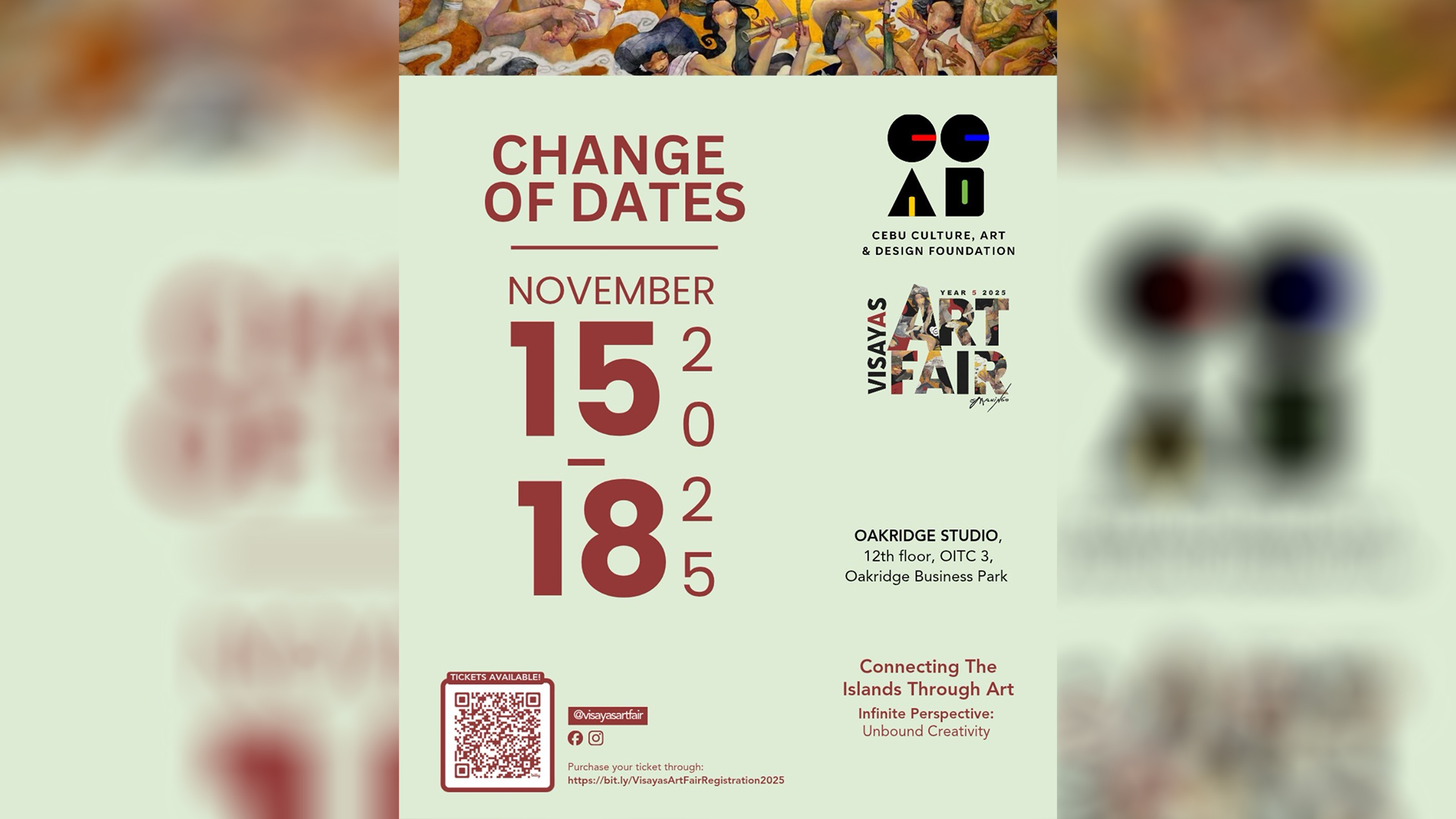
by Jing Ramos
This year’s Visayas Art Fair marks its 5th anniversary, celebrating the theme “Infinite Perspectives: Unbound Creativity.” The fair continues its mission of bridging creativity, culture, and community in the country. This milestone edition strengthens its partnership with the National Commission for Culture and the Arts and expands collaborations with regional art organizations and collectives—reinforcing its role as a unifying platform for Philippine art.
VAF5 features the works of Gil Francis Maningo, honoring the mastery of his gold leaf technique on opulent portraits of the Visayan muse Carmela, reflecting spiritual awareness.
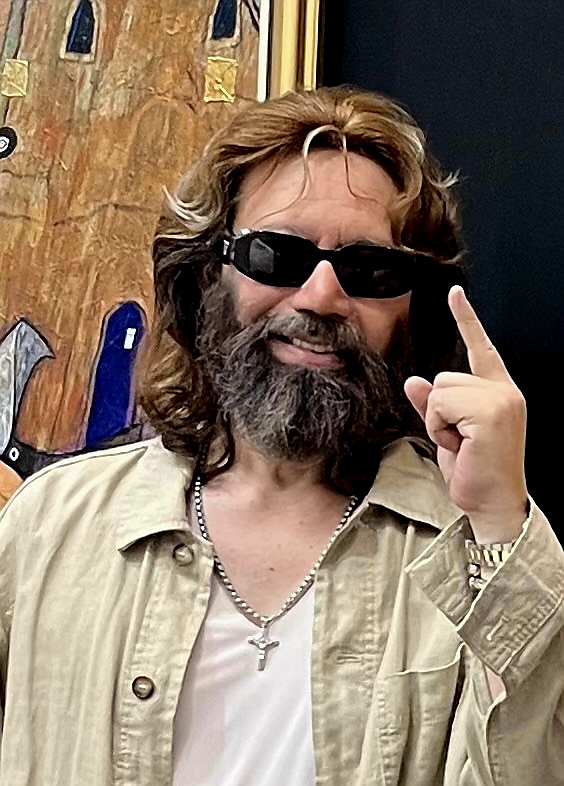
Gil Francis Maningo is celebrated for his gold leaf technique.
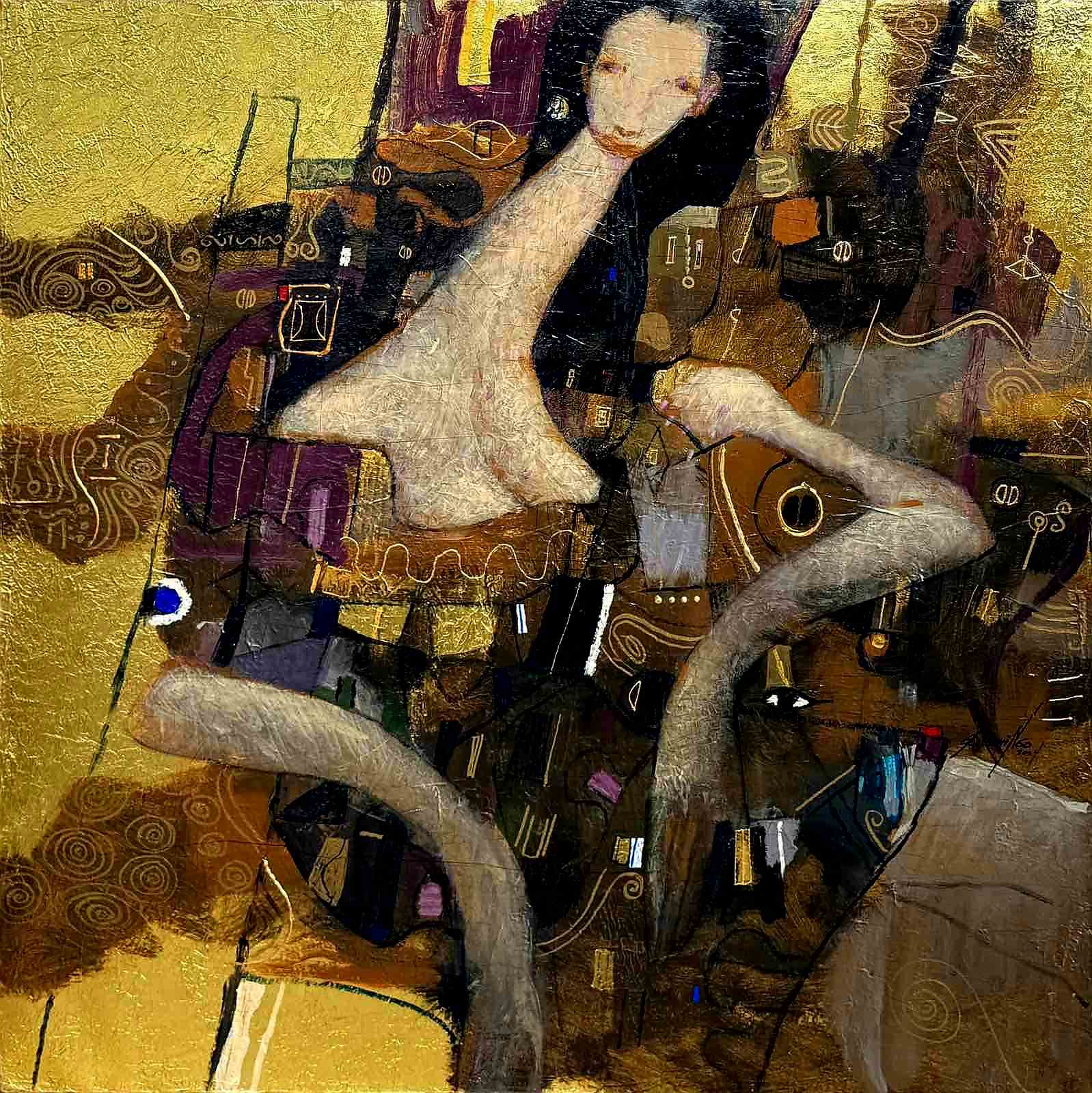
Gil Francis Maningo’s recurring theme of his Visayan muse “Carmela”.
Another featured artist is Danny Rayos del Sol, whose religious iconography of Marian-inspired portraits offers a profound meditation on the sacred and the sublime. This collaboration between two visual artists sparks a dialogue on the Visayan spirit of creativity and resilience. Titled “Pasinaya,” this dual showcase explores gold leaf as a medium of light and transcendence.
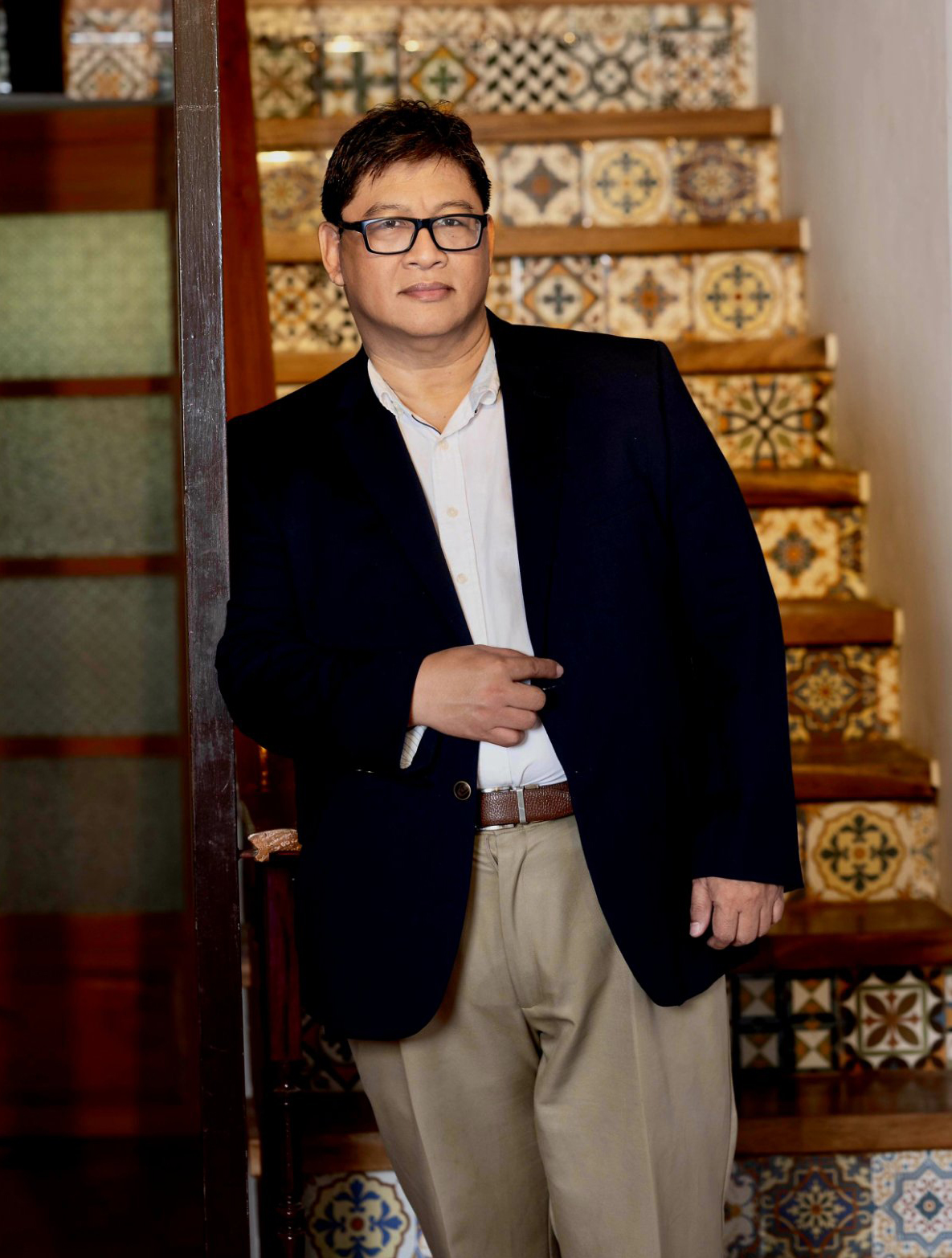
Artist Danny Reyes del Sol

Danny Reyes del Sol’s religious iconography.
Now in its fifth year, the Visayas Art Fair has influenced a community of artists, gallerists, brokers, collectors, museum curators, and art critics—constructing a narrative that shapes how we approach and understand the artist and his work. This combination of factors, destined for popular consumption, illustrates the ways in which art and current culture have found common ground in a milieu enriched by the promise of increased revenue and the growing value of artworks.
Laurie Boquiren, Chairman of the Visayas Art Fair, elaborates on the theme, expressing a vision that celebrates the boundless imagination of unique artistic voices:
“Infinite Perspectives speaks of the countless ways artists see, interpret, and transform the world around them—reminding us that creativity knows no single point of view. Unbound Creativity embodies freedom from convention and controlled expression, allowing every artist to explore and experiment without borders.”
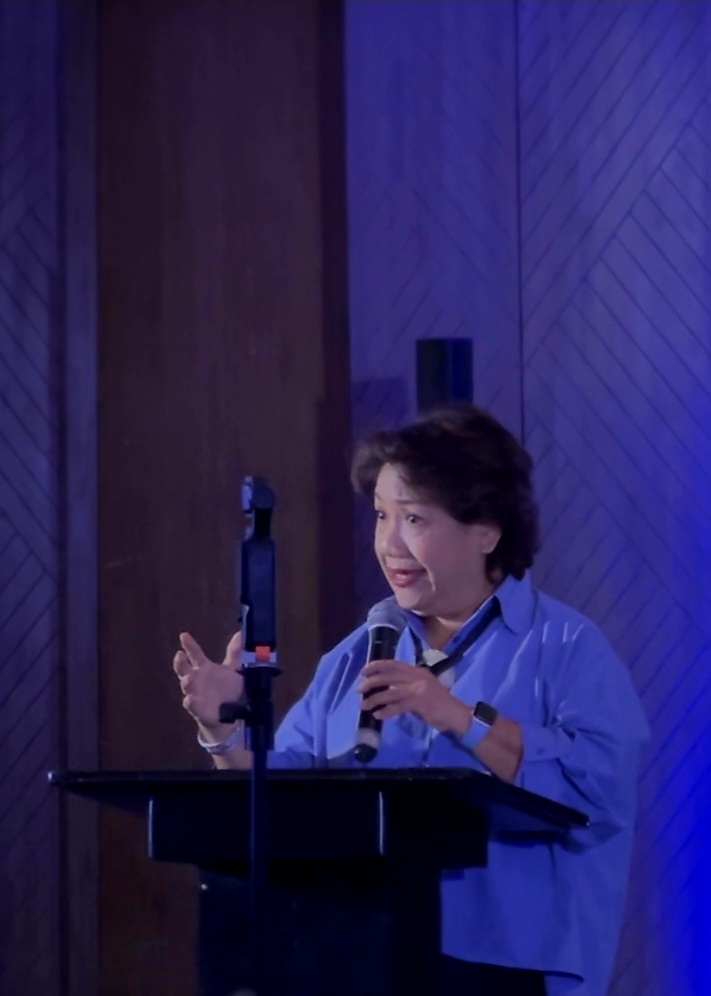
Laurie Boquiren, Chairman of the Visayas Art Fair has tirelessly championed the creative arts for the past five years.
Arts & Culture
Kultura. Kapital. Kasalukuyan: Art that Speaks of Today

by Jose Carlos G. Campos, Board of Trustees National Museum of the Philippines
The National Museum of the Philippines (NMP) and the Bangko Sentral ng Pilipinas (BSP) recently teamed up to prove that money isn’t just for counting—it’s also for curating! Their latest joint exhibition, Kultura. Kapital. Kasalukuyan: Contemporary Art from the Bangko Sentral ng Pilipinas Collection, is now open, and it’s a real treat for art lovers and culture buffs alike.
On display are gems from the BSP’s contemporary art collection, including masterpieces by National Artist Benedicto Cabrera (Bencab), along with works by Onib Olmedo, Brenda Fajardo, Antipas Delotavo, Edgar Talusan Fernandez, and many more. Some of the artists even showed up in person—Charlie Co, Junyee, Imelda Cajipe-Endaya, Demi Padua, Joey Cobcobo, Leonard Aguinaldo, Gerardo Tan, Melvin Culaba—while others sent their family representatives, like Mayumi Habulan and Jeudi Garibay. Talk about art running in the family!
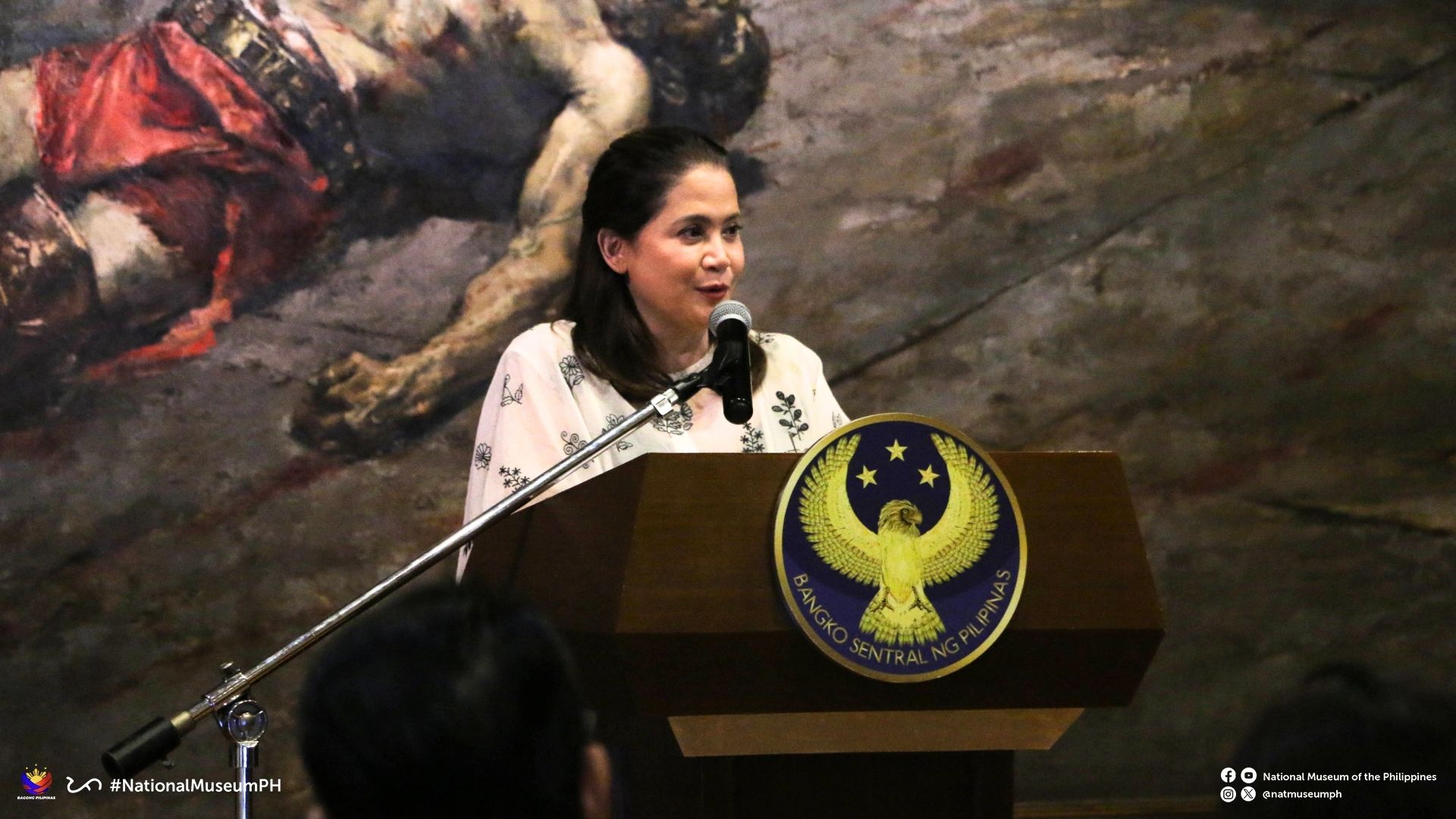
Deputy Governor General of the BSP, Berna Romulo Puyat
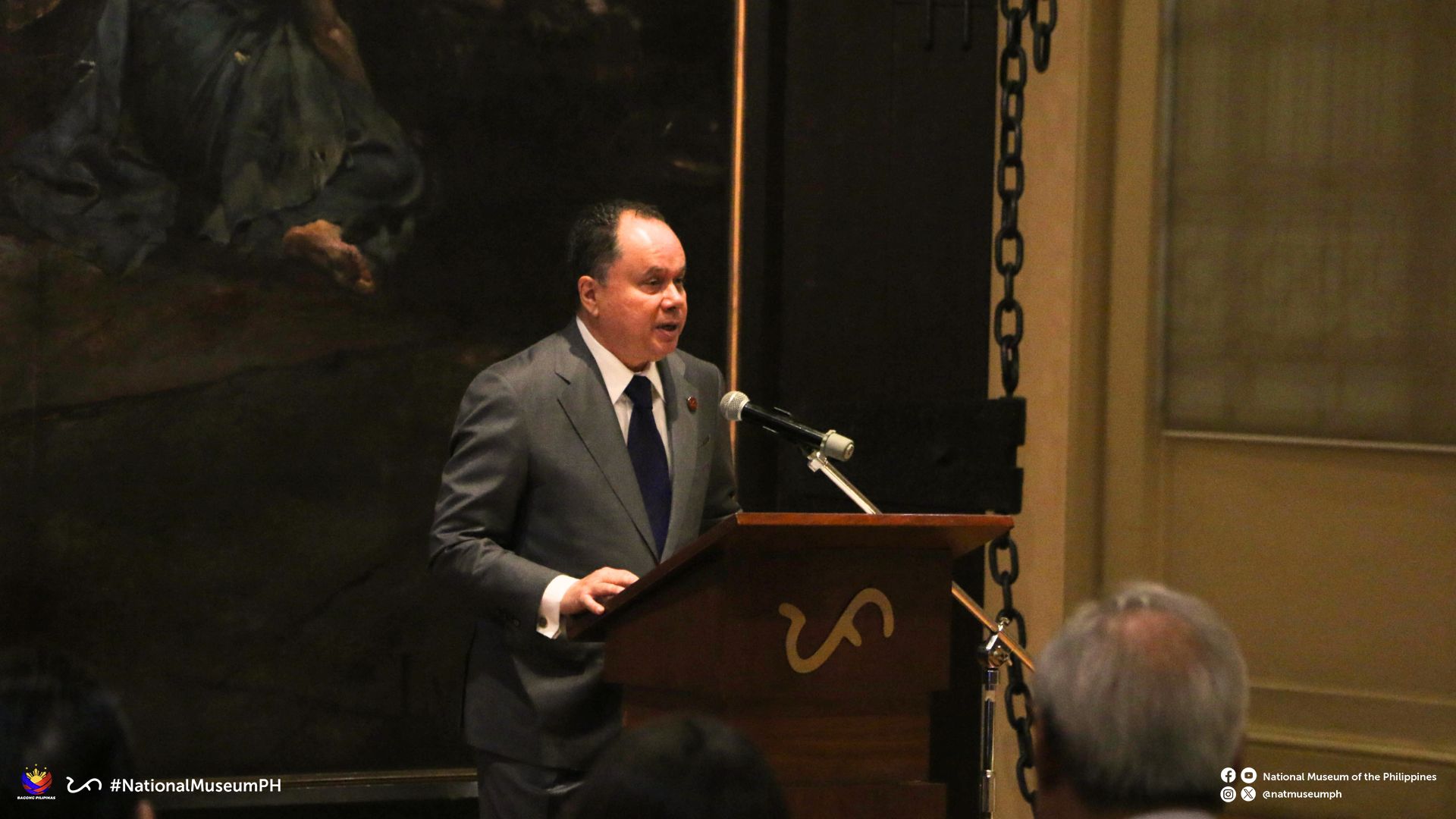
Chairman of NMP, Andoni Aboitiz
The BSP Governor Eli M. Remolona, Jr. and members of the Monetary Board joined the event, alongside former BSP Governor Amando M. Tetangco, Jr., Ms. Tess Espenilla (wife of the late Nestor A. Espenilla, Jr.), and the ever-graceful former Central Bank Governor Jaime C. Laya, who gave a short but enlightening talk about the BSP art collection.
From the NMP, Chairman Andoni Aboitiz, Director-General Jeremy Barns, and fellow trustees NCCA Chairman Victorino Mapa Manalo, Carlo Ebeo, and Jose Carlos Garcia-Campos also graced the occasion. Chairman Aboitiz expressed gratitude to the BSP for renewing its partnership, calling the exhibition a shining example of how financial institutions can also enrich our cultural wealth.
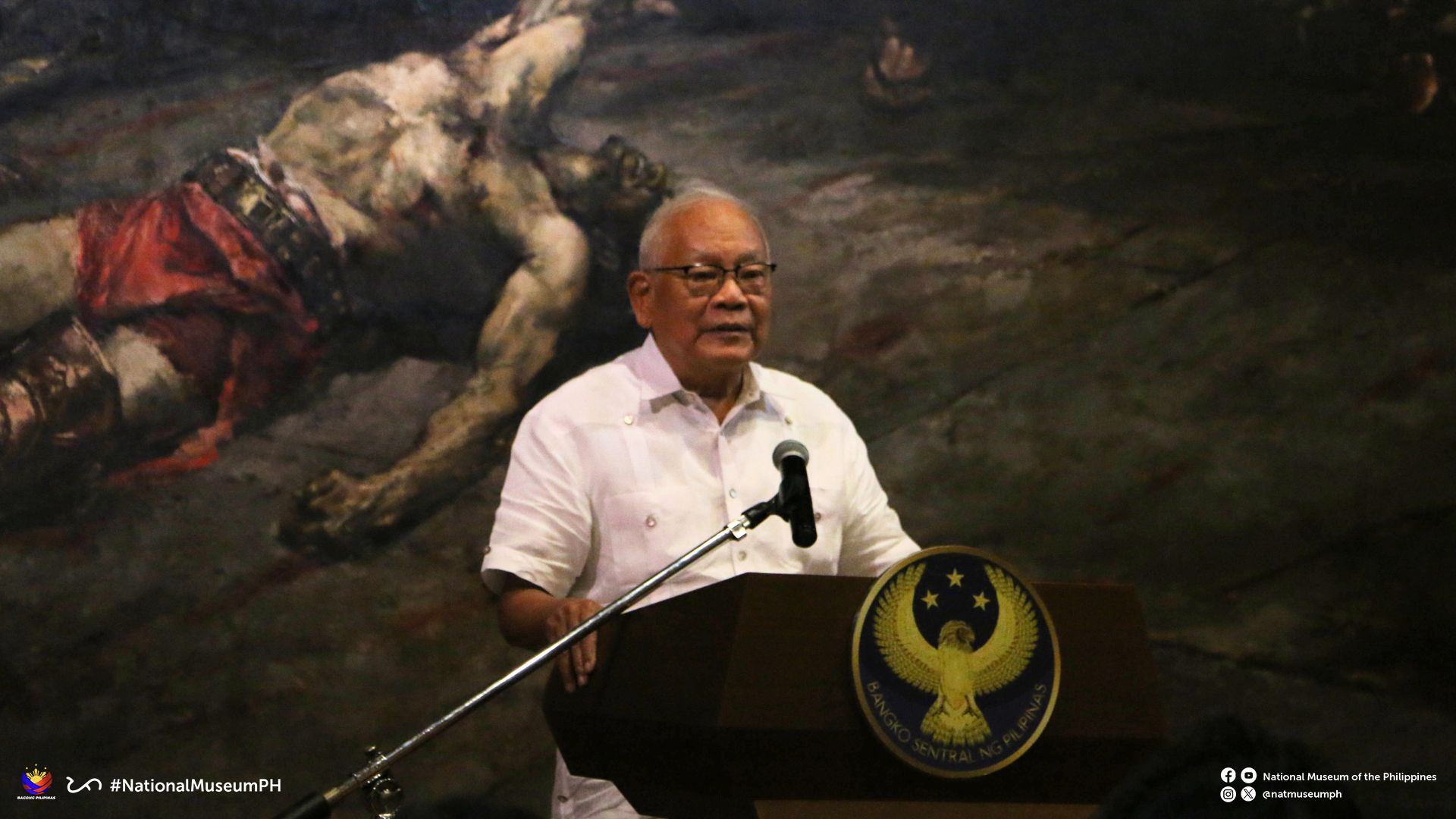
Former Governor of BSP Jaime Laya
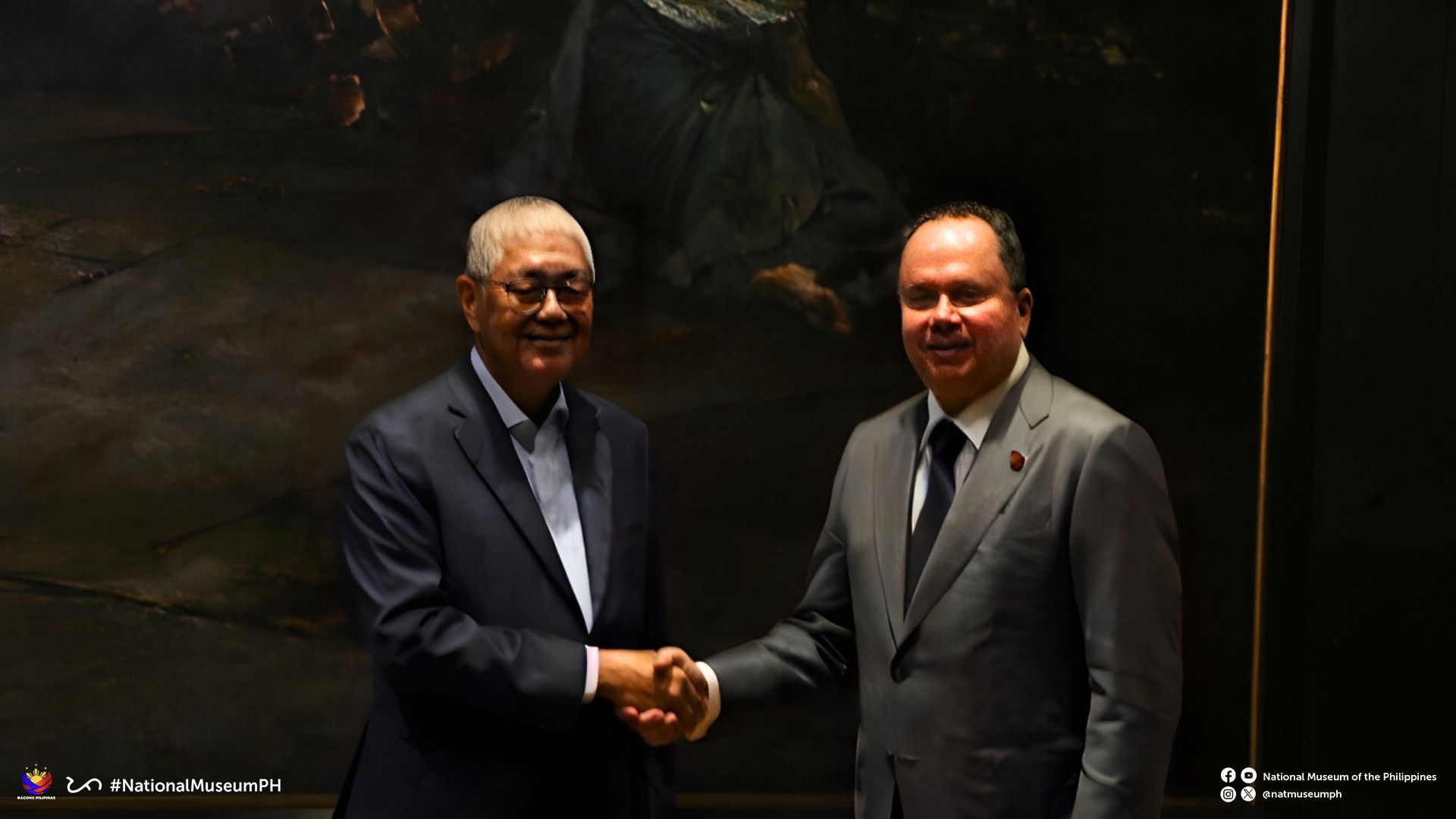
Governor of BSP Eli M. Remona and Chairman of NMP Board Andoni Aboitiz
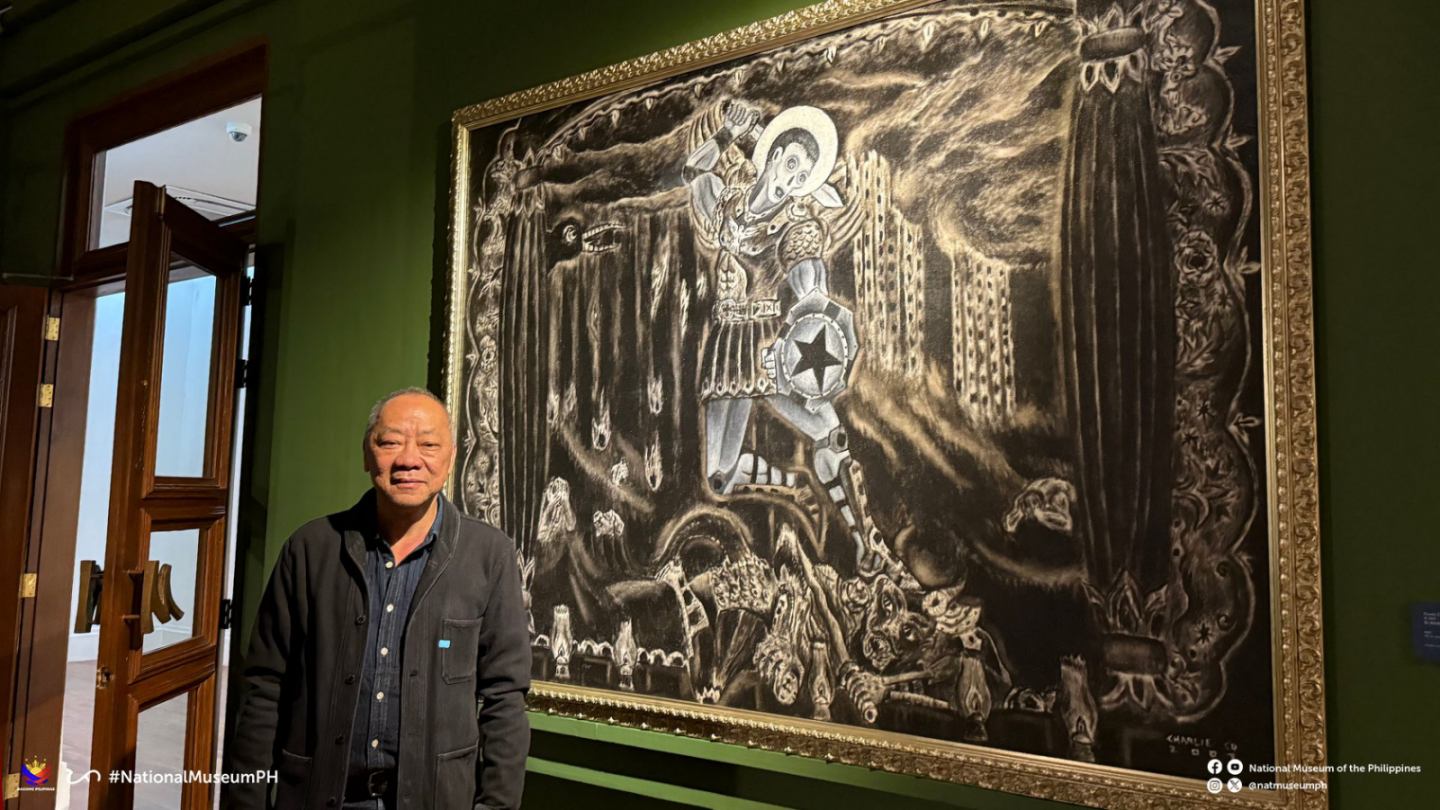
Artist Charlie Co
Before the official launch, a special media preview was held on 5 August, hosted by BSP Deputy Governor Bernadette Romulo-Puyat and DG Jeremy Barns. It gave lucky guests a sneak peek at the collection—because sometimes, even art likes to play “hard to get.”
The exhibition Kultura. Kapital. Kasalukuyan will run until November 2027 at Galleries XVIII and XIX, 3/F, National Museum of Fine Arts. Doors are open daily, 9:00 AM to 6:00 PM. So if you’re looking for something enriching that won’t hurt your wallet (admission is free!), this is your sign to visit. After all, the best kind of interest is cultural interest.

Monetary Board of the BSP, Walter C. Wassmer
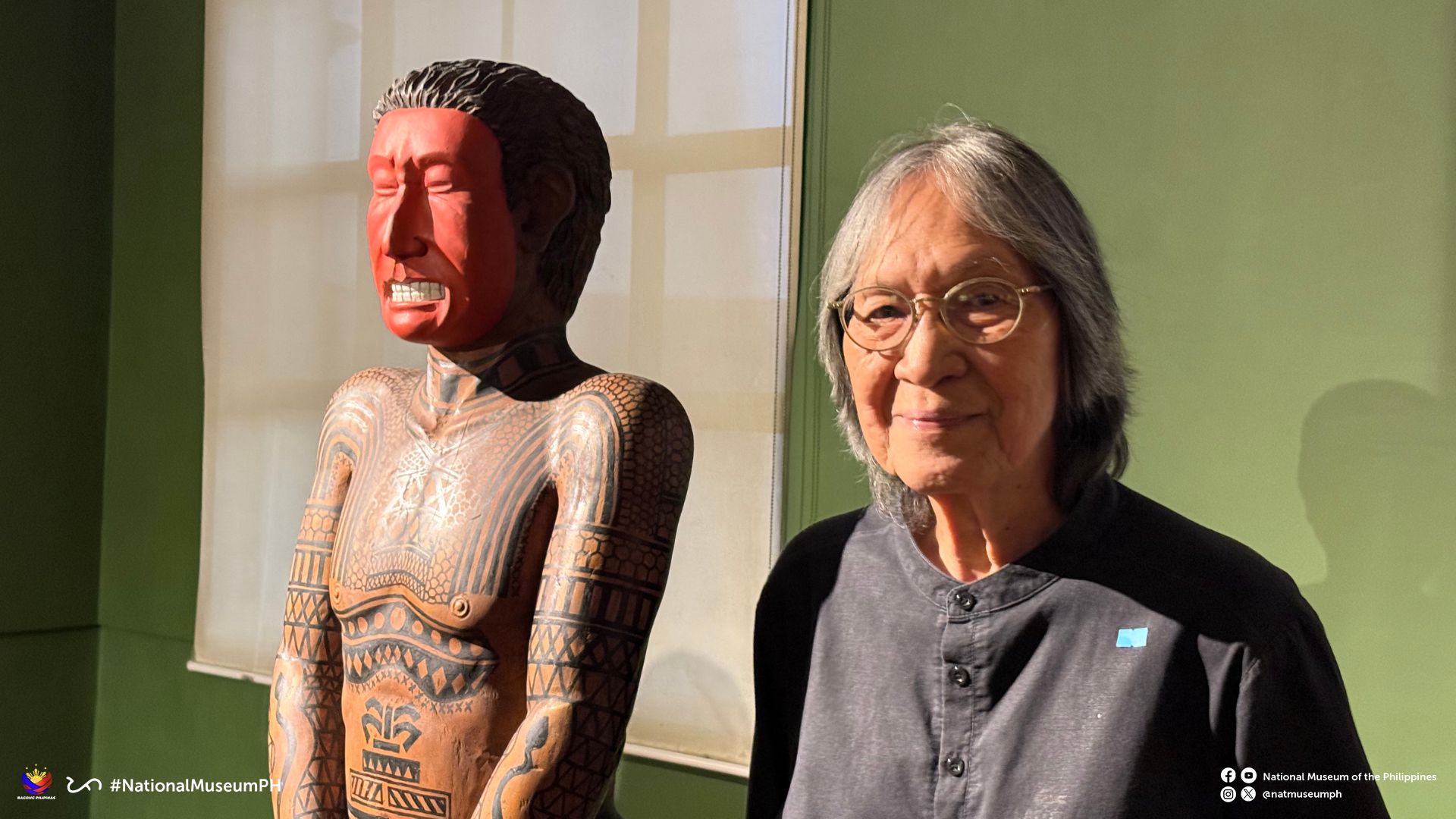
Luis Yee, Jr. aka ‘Junyee’ The Artist beside his Sculpture
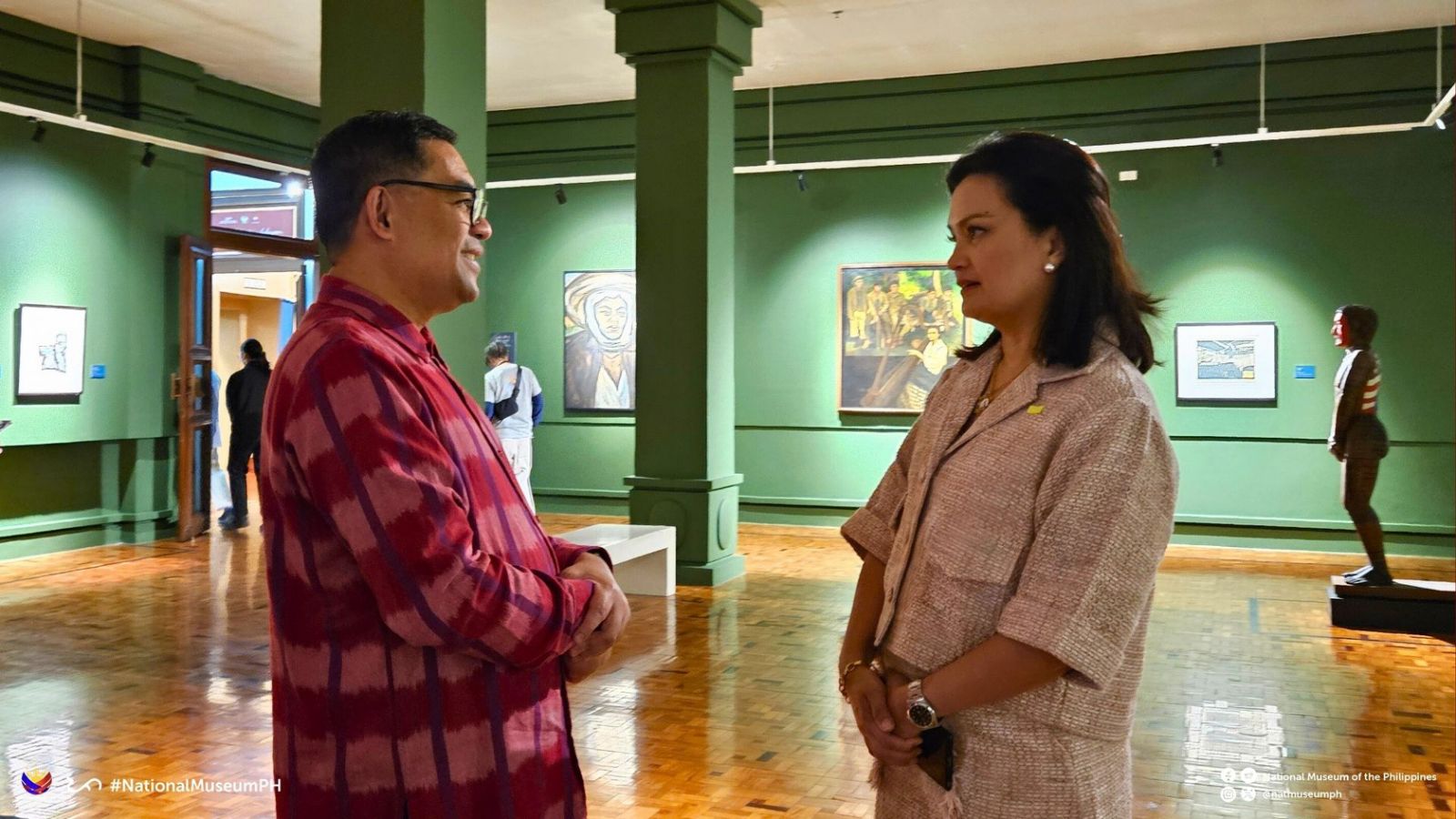
Arvin Manuel Villalon, Acting Deputy Director General for Museums, NMP with Ms. Daphne Osena Paez
Arts & Culture
Asia’s Fashion Czar I Knew as Tito Pitoy; Remembrance of a Friendship Beyond Fashion with Designer Jose R. Moreno
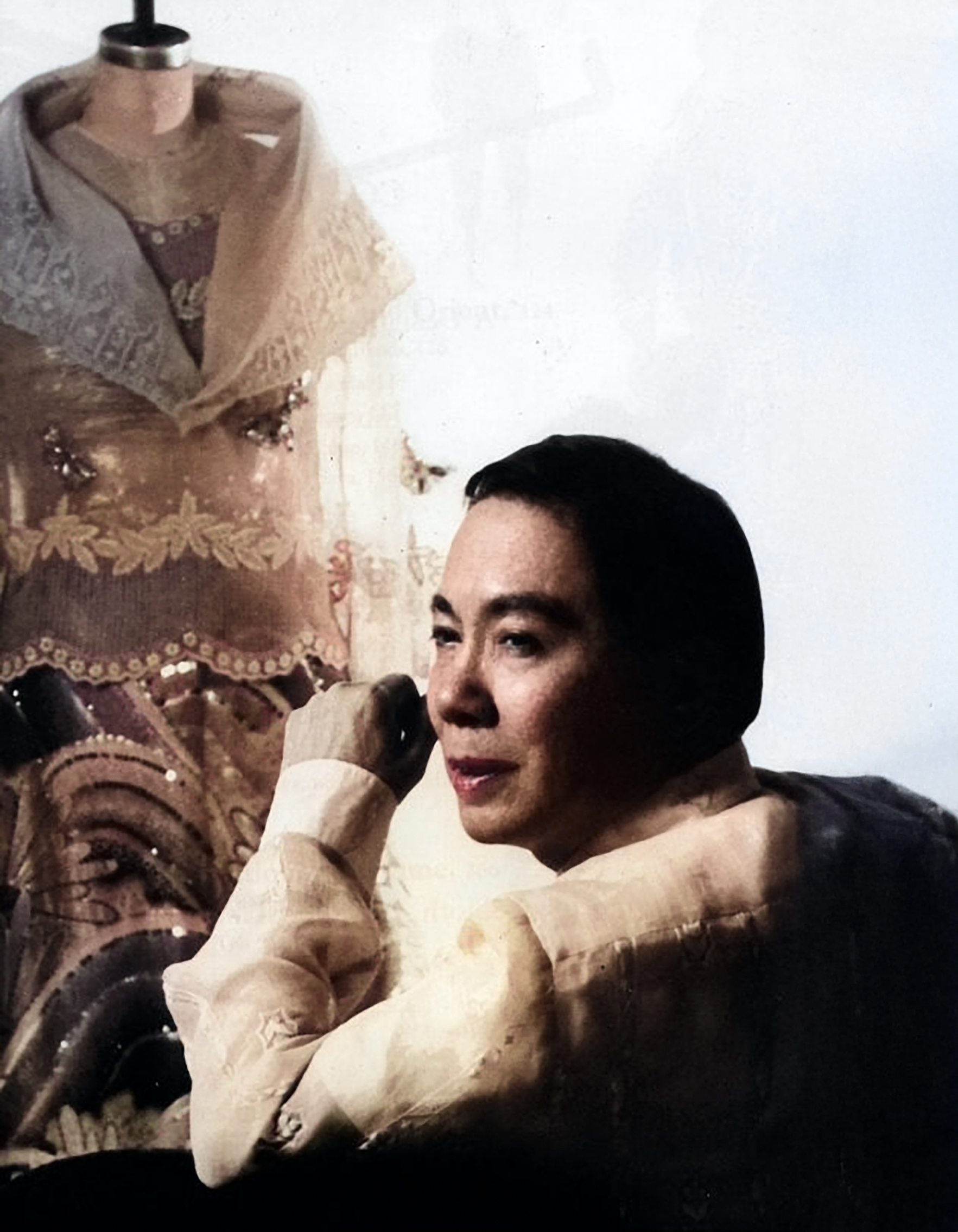
by Jose Carlos G. Campos, Board of Trustees National Museum of the Philippines
My childhood encounter with the famous Pitoy Moreno happened when I was eight years old. My maternal grandmother, Leonila D. Garcia, the former First Lady of the Philippines, and my mother, Linda G. Campos, along with my Dimataga aunts, brought me to his legendary atelier on General Malvar Street in Malate, Manila. These were the unhurried years of the 1970s.
As we approached the atelier, I was enchanted by its fine appointments. The cerulean blue and canary yellow striped canopies shaded tall bay windows draped in fine lace—no signage needed, the designer’s elegance spoke for itself. Inside, we were led to a hallway adorned with Art Deco wooden filigree, and there was Pitoy Moreno himself waiting with open arms—”Kamusta na, Inday and Baby Linda,” as he fondly called Lola and Mommy.
“Ahhh Pitoy, it’s been a while,” Lola spoke with joy.
“Oh eto, may kasal na naman,” my mom teasingly smiled.

Linda Garcia Campos and Pitoy Moreno’s friendship started when they were students in the University of the Philippines in Diliman.

When Dame Margot Fonteyn came for a visit to Manila, Pitoy Moreno dressed her up for an occasion.
We had entered a world of beauty—porcelain figurines, ancient earthenware and pre-colonial relics. It was like stepping into a looking glass, only Pitoy could have imagined.
Destiny led me back years later when my mother Linda told me that Pitoy Moreno was working on his second book, Philippine Costume, and needed research material and editorial advice. At this point, around the 1990s, I was in between assignments—unsure of how a broadcasting graduate like me could possibly contribute to a fashion icon’s masterpiece. Fortunately, I agreed to the project.
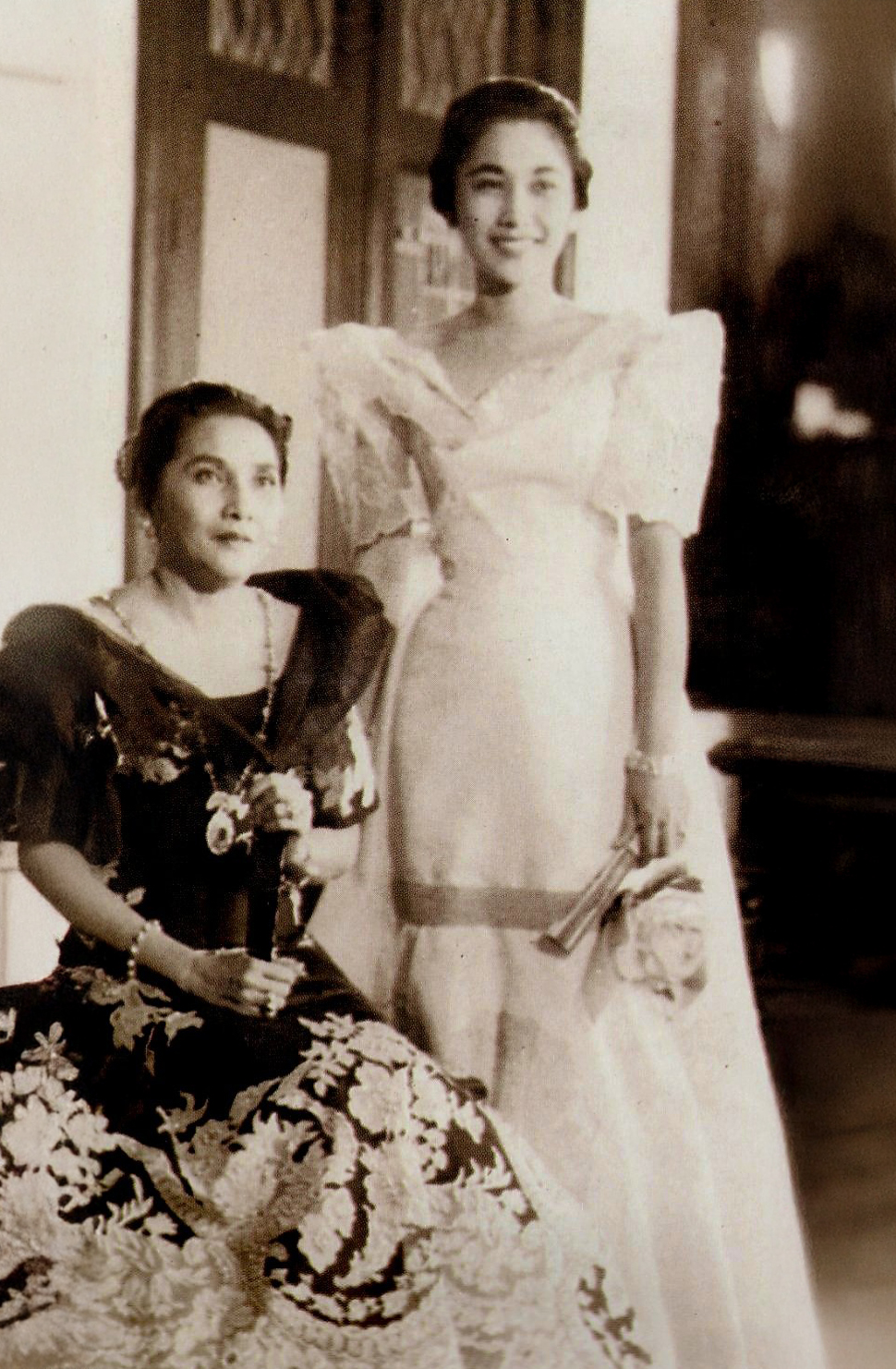
Former First Lady Leonila D. Garcia and daughter Linda G. Campos in Malacañang Palace.
Returning to the designer’s atelier brought back a rush of pleasant memories. The gate opened, and there stood Pitoy Moreno, beaming as always.
“Come in, hijo. Let me show you what I have in mind—and call me Tito Pitoy, okay?”
He led me to his worktable.
“I want to publish a book that tells the story of Philippine fashion—from our pre-colonial roots to the present. A designer’s collection of images and heritage expressed in clothing.”
I was awestruck. “How can I help you?” I inquired.
“Did you know that your mother, Linda, was my barkada in the University of the Philippines in Diliman?” he grinned.
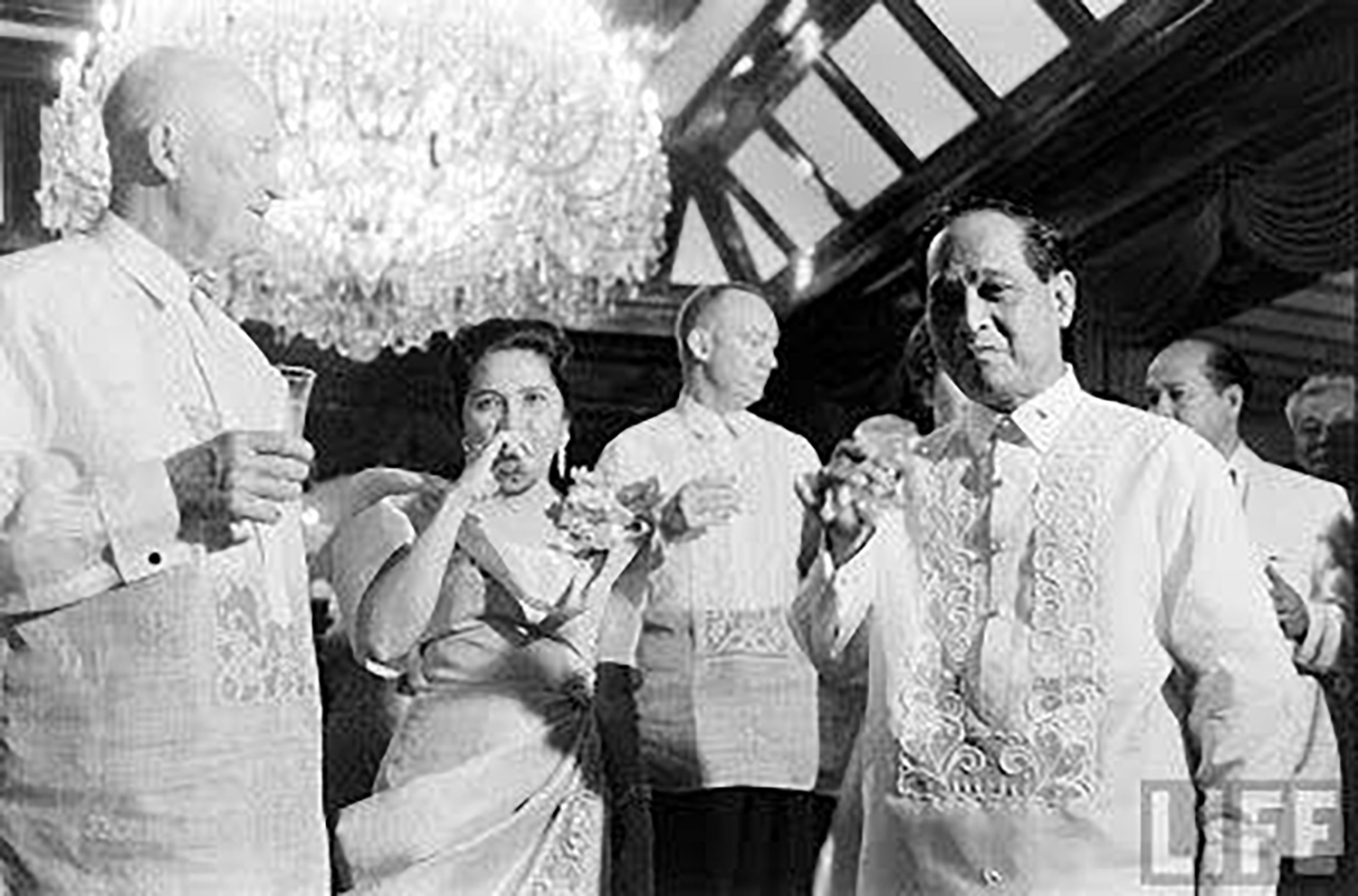
US President Dwight Eisenhower with First Lady Leonila Garcia and President Carlos Garcia in a state dinner at Malacañang Palace in Manila.
That friendship soon led to one of the proudest moments of the designer’s life. He had the opportunity to dress not only the First Lady Leonila D. Garcia but also President Carlos P. Garcia during his term. It was also during this time that the President of the United States, Dwight Eisenhower, came for an official visit to Manila. The designer was able to make clothes for the President, his daughter, and his staff.
“Eisenhower even asked for discounts on the barong Tagalog,” Tito Pitoy laughed.
Tito Pitoy then asked if I could find a terno he had made for my Lola, the former First Lady, which she wore for President Eisenhower’s state visit in 1960.
“How about her other ternos, dated from the 1920s to the 1960s?” I offered.
He lit up.
I scoured my Lola’s extensive closet—it felt like unearthing a legacy. Tucked behind layers of vintage ternos from countless fashion designers, I found that terno, which was photographed by Dick Baldovino along with other pieces for the book project. Once the project was finished and I myself had moved on, my bond with Tito Pitoy never wavered.
When my Lola passed away, he was deeply touched when I personally informed him of the sad news. Once, at the wake of former Vice President Salvador Laurel, he asked me to assist him in the placement of the medals in the chapel.

Philippine Costume by Jose Moreno is the designer’s collection of images and heritage expressed in clothing.
Tito Pitoy later invited me to his 80th birthday celebration—a dazzling Manila affair in 2012. During the evening’s festivities, he handed me a printed copy of Philippine Costume and added warmly,
“Thank you, hijo. I’ll call on you for the next one.”
The highlight of his career—and his most unforgettable moment—came during the Metro Magazine Gala fashion show: A Tribute to Pitoy Moreno, Fashion Icon. A collection of evening gowns spanning six decades—many of them unseen and tucked away in his atelier—were revealed that night. When the finale came, Tito Pitoy walked the stage, triumphant and waving to a sea of admirers. Longtime friends from the industry, society’s finest, and fashionistas rose from their seats and gave him a standing ovation.
It wasn’t just to celebrate his craft and ingenuity—it was to honor the man who brought elegance, history, and heart in every stitch.
-

 Style4 weeks ago
Style4 weeks agoHappy Melendres Traipsing Around Manhattan in Non-Stop Armani
-
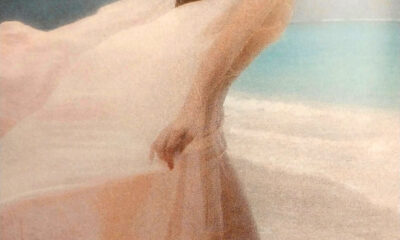
 Style2 months ago
Style2 months agoThe Invisible Part of Fashion: Five of the Most Enduring Fragrances of All Times
-

 Arts & Culture2 months ago
Arts & Culture2 months agoKultura. Kapital. Kasalukuyan: Art that Speaks of Today
-
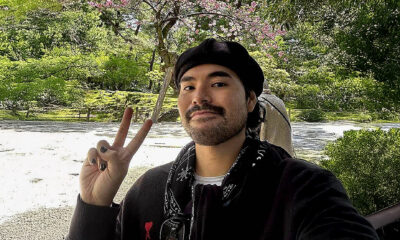
 Prime Target3 weeks ago
Prime Target3 weeks agoMiko Sarmiento: Turning Silk Scarves Into Works of Art
-

 The Scene1 month ago
The Scene1 month agoAnother Elegant Dinner at Chez Marguerite
-

 Prime Target1 month ago
Prime Target1 month agoLuna Vdl–Endless Summers in Siargao
-

 The Scene2 months ago
The Scene2 months agoA Stylish Soirée: Cebu’s Elite Celebrate Jackie Deen Lotzoff at Mad Thai
-
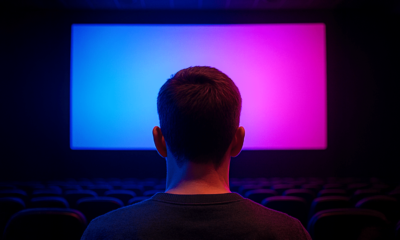
 QuickFx1 month ago
QuickFx1 month agoI Lost It at the Movies: Five of the Most Significant Films of the 1960s


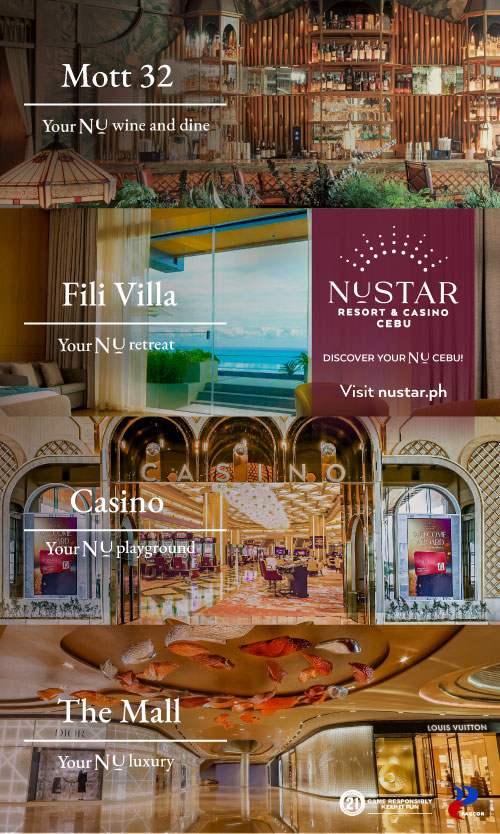

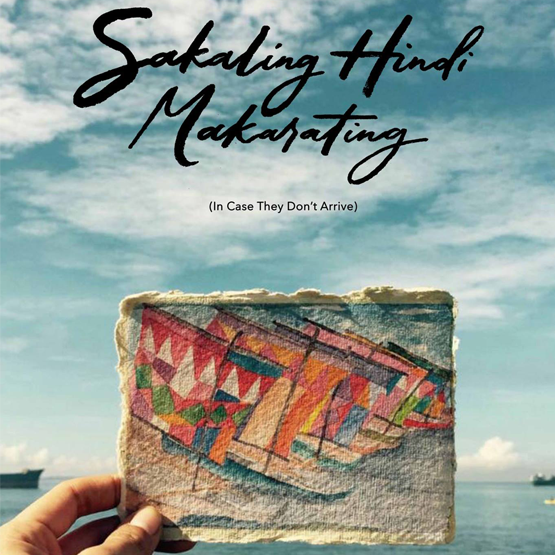





You must be logged in to post a comment Login